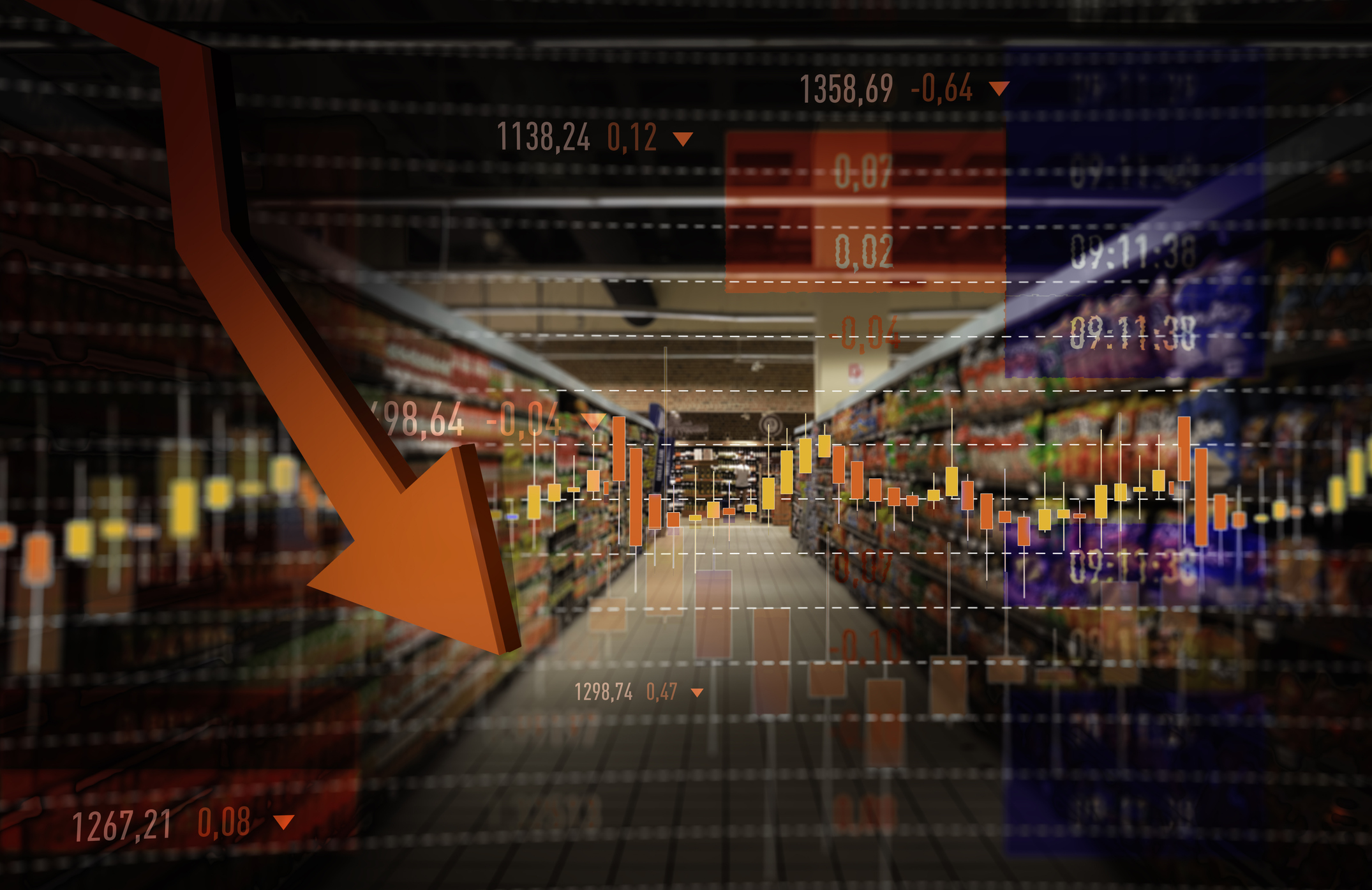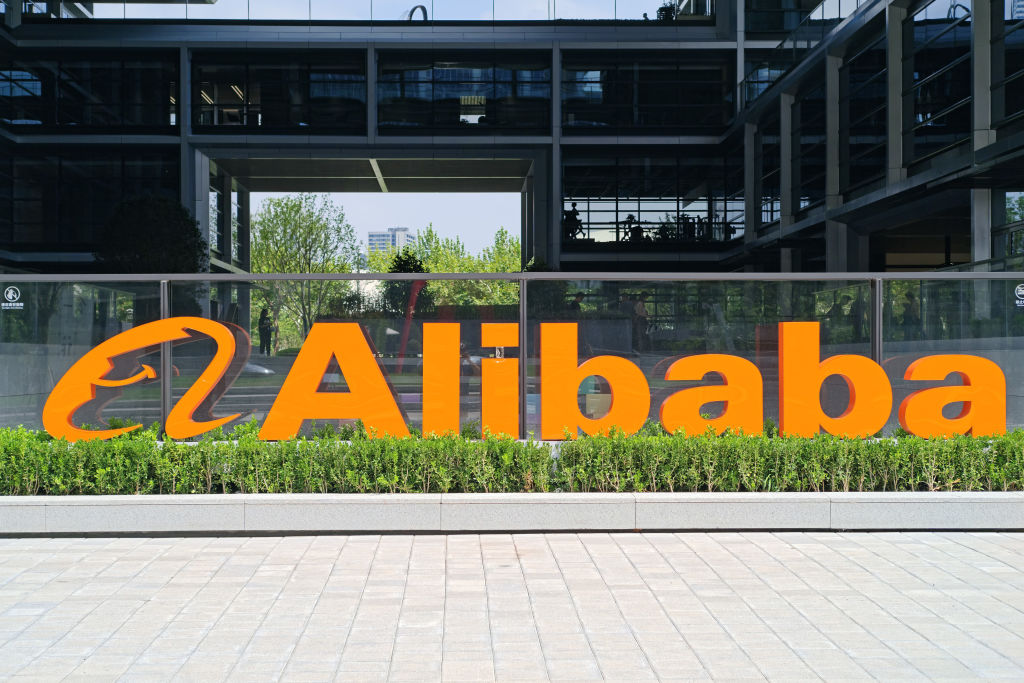“Automation Nation”: China’s Enormous Opportunity in Tech
The next industrial revolution is happening now, on the other side of the world. Benefit by investing in Chinese industrial and technology companies.

The notion of human workers being displaced by cheaper, more skilled robots has been circulating for years now. Mostly to no avail. Great strides have been made in the fields of robotics and automation, but to date, we haven’t actually seen this great shift in the workplace.
A human brain still must oversee automated work, and make quality and safety decisions that machines simply can’t make.
The advent of artificial intelligence, however, has only recently brought a new dimension to work that’s still largely being done by human hand – and human brains – finally setting the stage for such a change. As Bill Studebaker, President and Chief Investment Officer of index and research company Robo Global, recently explained, “When you’re looking out at where the world’s going in the next three to five years, I think people are going to be blown away by the types of innovations that are occurring.”

Sign up for Kiplinger’s Free E-Newsletters
Profit and prosper with the best of expert advice on investing, taxes, retirement, personal finance and more - straight to your e-mail.
Profit and prosper with the best of expert advice - straight to your e-mail.
The seeds of the next industrial revolution aren’t being planted in the United States, however. For better or worse, the United States’ slow migration away from manufacturing business and toward service-oriented ones means they won’t be easily replaced. Rather, China would be the big beneficiary of the melding of automation and artificial intelligence.
Investors would be wise to look eastward at several Chinese tech and industrial stocks for automation opportunities.
First Comes the Artificial Intelligence
In the middle of 2015, China’s Premier Li Keqiang officially unveiled the country’s “Made in China 2025” initiative. It was a statement in and of itself, even if it was unclear exactly what it meant. But greater clarity is rightfully turning more heads – a huge piece of this push is meant to transform China’s manufacturing arm into one that’s bigger and better than any other.
That outlook dovetails with another initiative that’s taken shape in the meantime: China wants to be the world’s artificial intelligence leader by 2030, making AI a nearly $150 billion industry for the country.
China is putting its money where its mouth is, too. The state has committed more than $2 billion worth of funding to build an artificial intelligence research and development presence in Beijing.
Private-sector players are coming to the table as well. E-commerce giant Alibaba (BABA, $190.50) has pledged to spend $15 billion before the end of 2020 to support what it’s calling the DAMO Academy (“discovery, adventure, momentum, and outlook”). The organization is aimed at the creation of technologies that will make China an industrial powerhouse, not just by virtue of doing more, but also by virtue of doing better. DAMO will work on blockchain, computer security and other new technologies, but artificial intelligence will be the focal point, without even knowing exactly how that work may be applied in the future.
Baidu (BIDU, $235.94) and Tencent Holdings (TCEHY, $55.26) are getting in on the act as well, moving in the same direction as China’s government initiatives. Baidu’s open autonomous driving platform, called Project Apollo, claims carmakers like Ford (F) as participating members. Tencent, meanwhile, has already begun offering practical, marketable applications of its AI technologies. Imaging technologies that can identify cancer and a powerful artificial intelligent assistant are just a couple of the tools it has developed.
The step between where the country’s AI machine is now and the point where it can be used to reinvent China’s manufacturing engine is a relatively small one.
That step is already being taken.
Then Comes the Automation
While the best is yet to come in terms of using smarter robots to automate factory work, the tide has already turned, in China more so than anywhere else. The number of industrial robots put to work there reached record levels in 2016, and installations are projected to swell at an annualized pace of between 15% and 20% in China through 2020.
Whether that’s a good thing or a bad thing depends on who you ask.
Gerald Wong, CEO of Shanghai-based telecom electronics manufacturer Cambridge Industries Group, lamented late last year, “China’s labor costs are increasing, or doubling, every few years. We are actually overcoming the difficulty by increasing our efficiency, through automation.”
He’s right. In 2008, the average Chinese worker earned about 29,000 yuan, or roughly $4,500 (U.S.) In 2016, that figure was closer to 67,000 yuan, or $10,600.
The rise in earnings is in near-perfect synchronization with the rise in the country’s use of manufacturing robots, implying – as feared – that cheaper and more productive robots are displacing real people from jobs. But a closer inspection of the data reveals that China is facing a labor shortage. The shortage is particularly pronounced in coastal manufacturing regions, where the nation’s factories say they only have access to about half the number of industrial employees they need.
More important, fears of steep unemployment and growing poverty in China have proven completely unmerited, with the nation’s standard of living improving in conjunction with the greater prosperity that comes from greater (and better) production capacity. Humans aren’t displaced for very long. They’re retrained, even if informally, to oversee more and more output, with much of that output growth the result of automation.
Yet, the industrial benefits of practical AI have only just begun to be realized.
Opportunities
As for how the still-budding trend is a viable opportunity for investors, there are more options than one might realize.
One of them is Tencent, not because it’s building industrial robots (it isn’t), but because it’s developing artificial intelligence tools that “do” something here and now that could set the stage for a surge in AI-driven productivity. Alibaba and Baidu are options as well, even if slightly less focused on third-party industrial uses of artificial intelligence and automation.
A more direct play on the rise of robots in China is Japan’s Fanuc Corporation (FANUY, $25.00). It’s listed over-the-counter, but don’t let the lack of a major exchange listing fool you. It’s a $46 billion behemoth, and claims 65% of the industrial CNC market as its own. It’s also a big supplier to Chinese factories looking to implement automated technologies, which can help drive gross margins to sometimes in excess of 40%. Even in an “off” quarter, though, gross margins rarely slip below 20%. It’s amazing Fanuc has remained one of the market’s better-kept secrets.
A simpler and more elegant solution is outsourcing the robotics stock-picking work to the experts, and tapping into the Robo Global Robotics & Automation ETF (ROBO, $25.00).
The exchange-traded fund holds stocks key to the industry, mirroring the holdings that make up the Robo Global Robotics & Automation Index. The ETF’s top holding is Hiwin Technologies, which produces high-tech industrial products including motion controls. Also in ROBO’s top 10 holdings are German packaging and bottling manufacturer Krones, Omron (OMRNY), the aforementioned Fanuc and a whole slew of other stocks that might be tough for North American investors to invest in.
“Forty percent of our index is in the U.S., and 60% is international,” says Robo Global’s Studebaker, adding that “if investors want to participate in the market and really capture the trend, they need to be very global.”
However an investor chooses to make a play on the impending well of automation, Studebaker is right – they need to think globally. They would be well-advised to start that global search just to the left of the Pacific Ocean on any map.
Get Kiplinger Today newsletter — free
Profit and prosper with the best of Kiplinger's advice on investing, taxes, retirement, personal finance and much more. Delivered daily. Enter your email in the box and click Sign Me Up.

-
 Stock Market Today: Stocks Soar on China Trade Talk Hopes
Stock Market Today: Stocks Soar on China Trade Talk HopesTreasury Secretary Bessent said current U.S.-China trade relations are unsustainable and signaled hopes for negotiations.
By Karee Venema
-
 2026 Disney Dining Plan Returns: Free Dining for Kids & Resort Benefits
2026 Disney Dining Plan Returns: Free Dining for Kids & Resort BenefitsPlan your 2026 Walt Disney World vacation now. Learn about the returning Disney Dining Plan, how kids aged three to nine eat free, and the exclusive benefits of staying at a Disney Resort hotel.
By Carla Ayers
-
 Stock Market Today: Dow Dives 748 Points as UnitedHealth Sells Off
Stock Market Today: Dow Dives 748 Points as UnitedHealth Sells OffA services-sector contraction and a worse-than-anticipated consumer sentiment reading sent bulls scrambling Friday.
By Karee Venema
-
 Stock Market Today: Growth Concerns Drag on Stocks
Stock Market Today: Growth Concerns Drag on StocksForward-looking commentary from a major retailer outweighed its backward-looking results as all three major equity indexes retreated on Thursday.
By David Dittman
-
 Why Alibaba Stock Is Soaring After Earnings
Why Alibaba Stock Is Soaring After EarningsAlibaba stock is higher Thursday after the China-based e-commerce platform beat expectations for its fourth quarter. Here's what you need to know.
By Joey Solitro
-
 Why Is Warren Buffett Selling So Much Stock?
Why Is Warren Buffett Selling So Much Stock?Berkshire Hathaway is dumping equities, hoarding cash and making market participants nervous.
By Dan Burrows
-
 If You'd Put $1,000 Into Google Stock 20 Years Ago, Here's What You'd Have Today
If You'd Put $1,000 Into Google Stock 20 Years Ago, Here's What You'd Have TodayGoogle parent Alphabet has been a market-beating machine for ages.
By Dan Burrows
-

 Stock Market Today: Dow Hits New High After Upbeat Inflation Data
Stock Market Today: Dow Hits New High After Upbeat Inflation DataThe Fed's preferred inflation gauge continues to cool. Markets shift focus to next week's jobs report.
By Karee Venema
-
 Alibaba Stock's Set to End September With a Bang. Here's Why
Alibaba Stock's Set to End September With a Bang. Here's WhyAlibaba stock is headed toward its best month since December 2022 and Wall Street sees even more upside ahead. Here's what you need to know.
By Joey Solitro
-

 Stock Market Today: Dow Gains 522 Points in Fed-Fueled Session
Stock Market Today: Dow Gains 522 Points in Fed-Fueled SessionThe blue chip index closed above the psychologically significant 42,000 level for the first time ever Thursday.
By Karee Venema